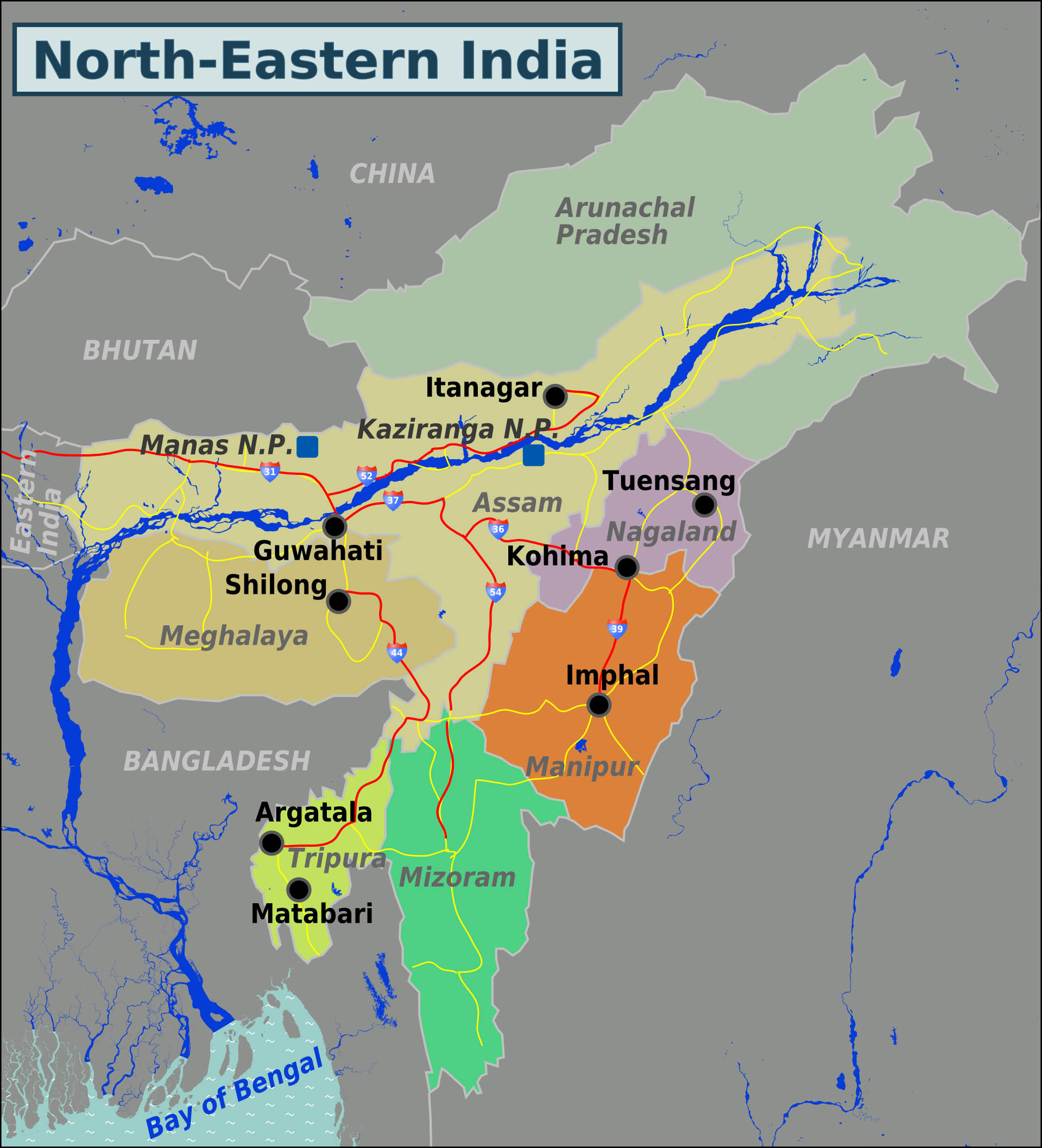Governance
Assam Cattle Preservation (Amendment) Act, 2021
- 07 May 2022
- 4 min read
For Prelims: Directive Principles of State Policy (Article 48)
For Mains: Cow protection law, Assam Cattle Preservation (Amendment) Act, 2021
Why in News?
Recently, a cow protection law (Assam Cattle Preservation (Amendment) Act, 2021) that Assam enforced less than a year ago has led to an acute beef crisis in Meghalaya.
- It is important to note that north-eastern states such as Arunachal Pradesh, Meghalaya, Mizoram and Nagaland do not have any such law regulating cattle slaughter.
What are Key Features and Issues Associated with the Act?
| key Features | key Issues |
|
|
Why is Cow Slaughter Banned?
- The Directive Principles of State Policy (Article 48) under the Constitution provides that the state shall endeavor to organize agriculture and animal husbandry on modern and scientific lines, take steps to improve breeds and prohibit the slaughter of cows, calves, and other milch and draught cattle.
- In pursuance of this, more than 20 states have passed laws restricting the slaughter of cattle (cows, bulls, and bullocks) and buffaloes to various degrees.
What the Judiciary's take on this?
- Over time, the extent of the prohibition under these state laws has been guided by Supreme Court judgments.
- Earlier state laws such as those in Madhya Pradesh (1949), Bihar (1955), and Uttar Pradesh (1955) completely prohibited the slaughter of cattle.
- In 1958, while examining these three laws, the Supreme Court held that complete prohibition on slaughter of cattle infringed upon the fundamental right of butchers to practice their trade or profession.
- It held that while the complete prohibition on slaughter of cows was constitutionally valid, the ban on slaughter of bulls, bullocks, and buffaloes can only be up to a certain age, or be based on their usefulness (for milk, draught, or reproduction).
- In 1994, Gujarat passed an amended law to prohibit the slaughter of bulls and bullocks of all ages.
- In 2005, a seven-judge constitutional bench of the Supreme Court upheld this complete prohibition on slaughter of bulls and bullocks under the Gujarat amendment law, in contrast with the earlier judgments of the Court.
- In recent years, states such as Chhattisgarh (2004), Madhya Pradesh (2004), Maharashtra (2015), Haryana (2015), and Karnataka (2021) have also prohibited the slaughter of bulls and bullocks of all ages.





